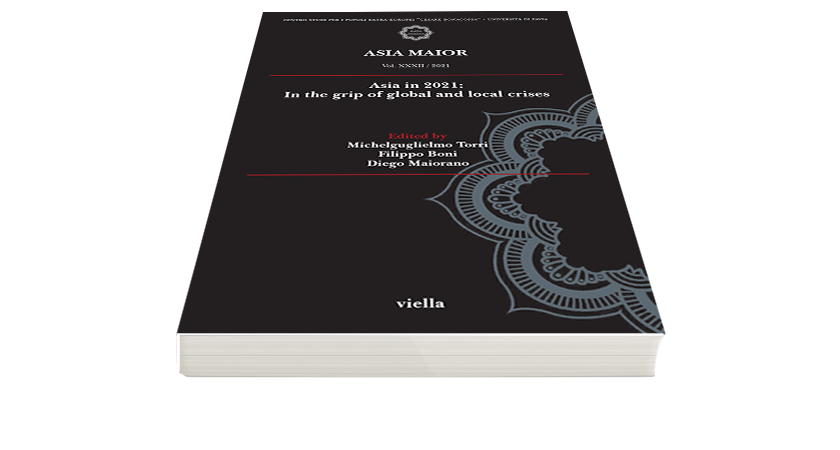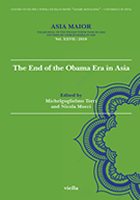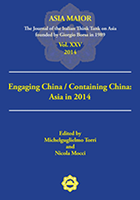Kazakhstan 2015-2016: Balancing regime stability amidst local and global challenges
Available also in pdf – Download Pdf –
Twenty-five years after independence, Kazakhstan is still under the rule of its first President, Nursultan Nazarbayev. The biennium 2015-2016 confirmed the continuity of the process of stabilization of the political system started in the previous years. These were also years of challenges to the stability of Nazarbayev’s regime, namely the persistence of the economic crisis, the emergence of visible popular discontent, and events allegedly connected with the much-feared threat of Islamic terrorism. This paper argues that, in this period, the authoritarian leadership of Kazakhstan maintained a stable grip on power thanks to an increased use of less repressive and more sophisticated authoritarian tools, such as control of new media as well as the use of institutions and official discourse to seek legitimacy. Far from being a novelty in the style of Nazarbayev’s rule, the underplaying of repression in favour of legitimation has intensified in the last two years. This more sophisticated form of authoritarianism is analysed both at the national and international level. Internationally, in fact, the regime continued to pursue an active foreign policy in order to portray itself as moderate, stable and effective. It is argued that this strategy was aimed at boosting the legitimacy of the regime at home, while making it recognized as a reliable ally at the international level.





































